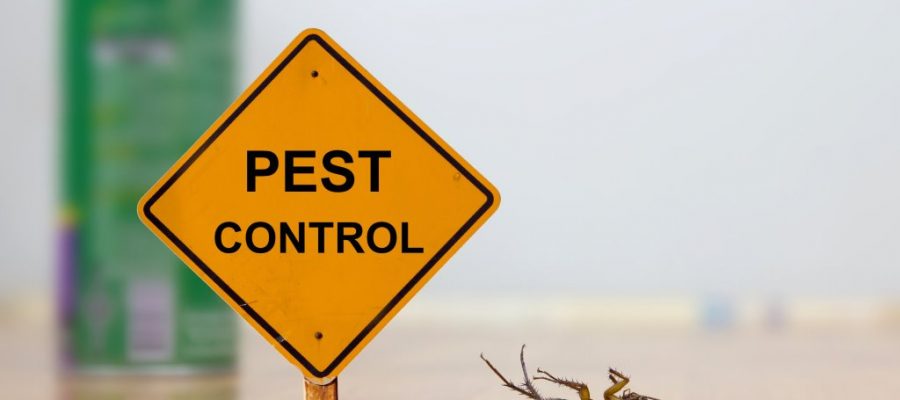Affordable Pest Management Plans Offered by Pest Control Lockhart
Affordable Pest Management Plans Offered by Pest Control Lockhart
Blog Article
Discovering Problem and Therapy Techniques on the planet of Insect Control
The landscape of bug control encompasses a myriad of obstacles, specifically as infestations of usual household pests proceed to evolve. Comprehending the habits and reproductive patterns of these annoyances is essential for establishing reliable treatment techniques. By integrating preventative measures with sophisticated management methods, such as Integrated Parasite Monitoring (IPM), property owners can much better guard their settings. Nonetheless, the efficiency of these methods may vary considerably based upon certain circumstances. What hidden elements add to the success or failing of these strategies in different setups?

Usual Household Vermin
When it concerns managing our home, understanding usual family bugs is crucial. These insects not just interrupt our comfort but can also position wellness dangers and damage property. One of the most widespread household parasites include ants, cockroaches, rodents, termites, and bed pests.
Ants, usually seen foraging in kitchen areas, can contaminate food and establish big swarms. Rats, consisting of mice and rats, can trigger structural damage and bring diseases like hantavirus and salmonella.
Identifying the signs of these parasites, such as droppings, nests, or attack marks, is important for very early intervention (Pest Control Lockhart). Correct hygiene practices, securing access points, and preserving a clutter-free environment work preventative procedures. By identifying these usual household insects and understanding their behaviors, home owners can take proactive actions to minimize invasions, ensuring a healthier living setting
Understanding Bug Infestations
Pest problems can escalate swiftly, turning a small nuisance into a considerable problem if not resolved promptly. Comprehending the nature of these infestations is crucial for efficient management. Bugs can attack domestic and industrial rooms for various factors, including the search for food, shelter, or breeding grounds. Usual factors adding to infestations include poor hygiene, structural vulnerabilities, and seasonal adjustments that drive parasites indoors.
Determining the kind of bug is essential, as different varieties show varied behaviors and reproductive prices. Rats may develop nests in concealed locations while pests like roaches grow in wet environments. Early detection typically depends upon identifying indications such as droppings, gnaw marks, or uncommon sounds, which can show a trouble before it becomes serious.
Cozy, moist environments can promote the fast growth of parasite populations, while changes in landscape design or construction can accidentally produce helpful atmospheres. An educated strategy to understanding these dynamics lays the groundwork for efficient pest monitoring techniques in the future.
Therapy Methods and Techniques
Efficient treatment techniques and methods are important for mitigating bug infestations and recovering a safe environment. A complex method is frequently best, incorporating chemical, biological, and mechanical methods tailored to the details bug and the intensity of the infestation.
Chemical treatments include making use of pesticides and herbicides, which can effectively get rid of bugs. Nonetheless, from this source proper application and adherence to security standards are crucial to lessen threats to human beings and non-target organisms. Integrated Parasite Management (IPM) urges the judicious usage of chemicals as a last option, relying instead on surveillance and limit degrees to identify intervention requirements.
Organic control techniques include presenting all-natural predators or parasites to minimize parasite populaces. This approach is significantly preferred, particularly in farming settings, as it promotes environmental sustainability.
Mechanical methods, such as catches and obstacles, offer immediate alleviation from bugs without introducing chemicals. Options include sticky traps for insects or physical barriers for rodents.
Ultimately, the choice of therapy technique need to think about the certain parasite, the atmosphere, and prospective effect on human health and communities. A well balanced combination of these techniques can successfully manage problems Learn More Here while promoting long-term insect control options.
Preventative Steps for Residence
Proactively dealing with insect problems prior to they rise is essential for maintaining a healthy home setting (Pest Control Lockhart). Executing efficient preventive steps can substantially reduce the probability of problems, eventually safeguarding both your building and well-being

Appropriate landscaping also plays a vital duty in prevention. Keeping shrubs and trees cut away from the house decreases the possibilities of bugs finding their means indoors. Make sure that drain systems are working successfully to avoid standing water, which can attract in mosquitoes and various other bugs.
Last but not least, regular assessments are suggested. Routinely examining for indicators of parasite activity permits very early treatment. By embracing these safety nets, home owners can produce an environment that is less friendly to bugs, therefore boosting their total high quality of life and minimizing the requirement for substantial bug control interventions.
Commercial Bug Control Strategies
A thorough method to commercial bug control is vital for businesses intending to keep a safe and hygienic setting. Effective approaches entail a mix of routine evaluations, worker training, and the implementation of Integrated Insect Management (IPM) techniques.
Routine assessments enable early detection of insect task, permitting for timely treatment. Companies should create a regular schedule for these analyses, concentrating on high-risk locations such as kitchens, storeroom, and garbage disposal sites. Staff member training is similarly vital; personnel must be enlightened on the signs of bug problems and the relevance of reporting them quickly.
Implementing IPM practices assists reduce insect concerns sustainably. This consists of habitat modification, such as securing entry points and decreasing clutter, in addition to utilizing natural deterrents before considering chemical therapies.

In addition, collaborating with a certified pest control provider makes sure accessibility to professional expertise and innovative therapy choices. This collaboration can cause personalized insect control plans tailored to the particular needs of the organization, minimizing threats and enhancing total effectiveness. Ultimately, a positive and enlightened approach fosters a pest-free setting, securing both public health and wellness and business track record.
Verdict
In verdict, efficient parasite control necessitates a detailed understanding of common home insects and their behaviors, combined with targeted treatment techniques. Implementing precautionary steps alongside therapy methods such as Integrated Parasite Administration and organic control improves the capability to mitigate invasions.
Report this page